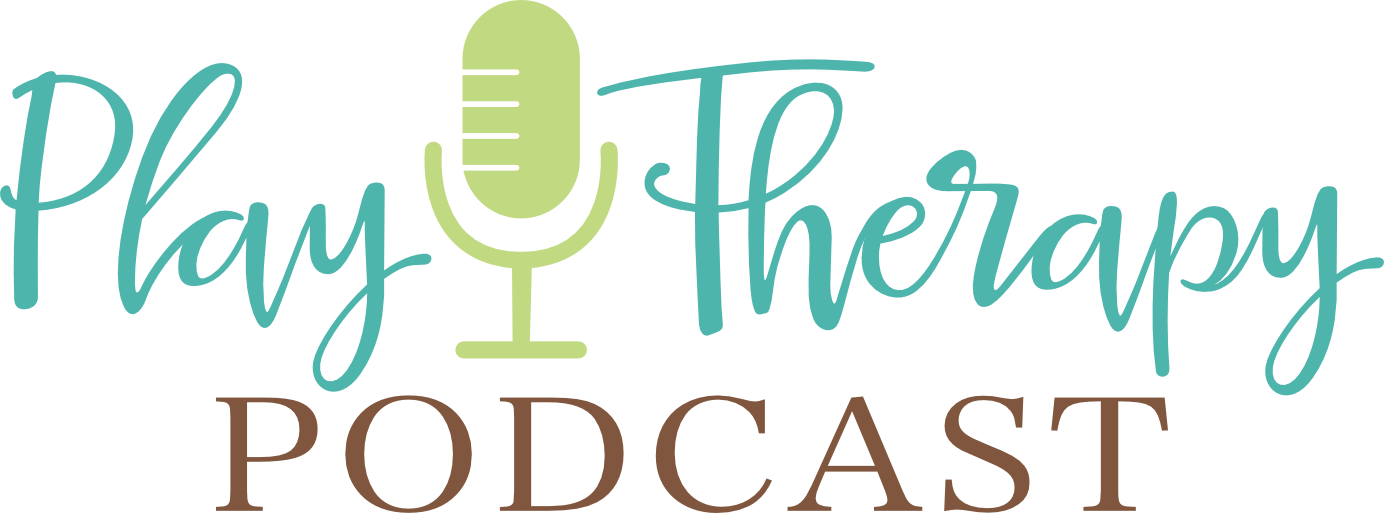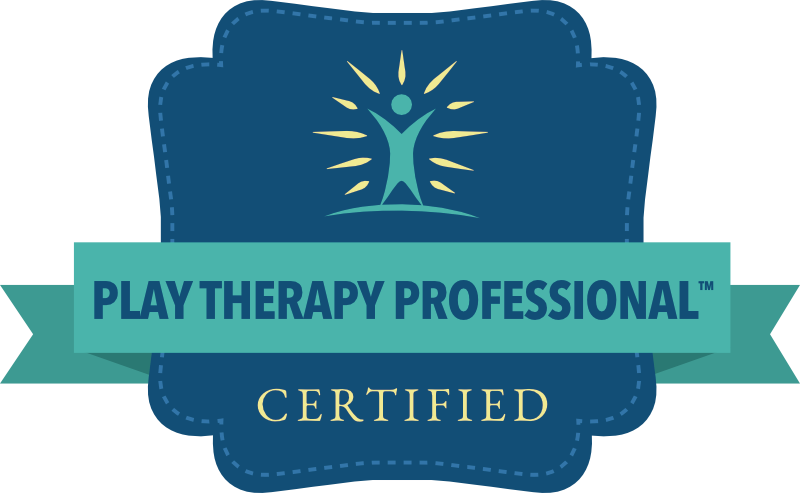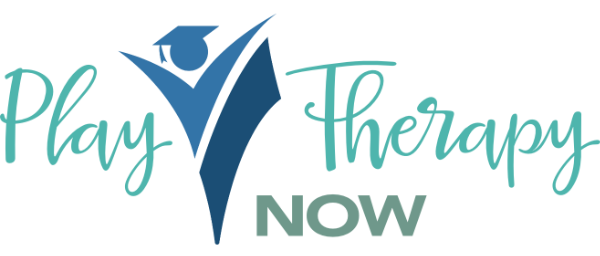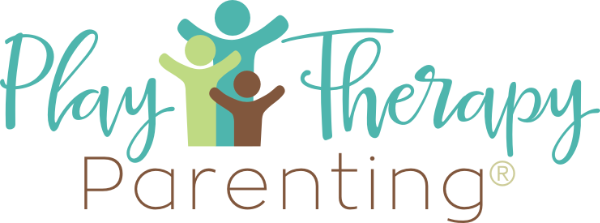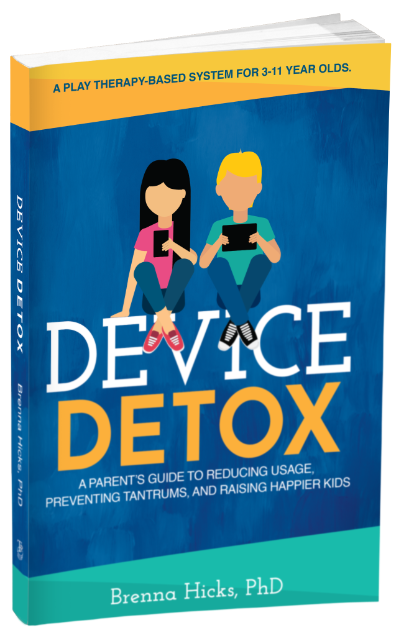Resistance or Control? Responding to ‘Don’t Talk to Me’ Moments in Child-Centered Play Therapy
I discuss various strategies for responding to such requests, including pacing out responses, whispering, and explaining the purpose of our verbal interactions. I emphasize the importance of maintaining the full session time, even if the child expresses a desire to end early. I also touch on the concept of enlargement – helping children understand the emotions driving their behavior.
If you would like to ask me questions directly, check out www.ccptcollective.com, where I host two weekly Zoom calls filled with advanced CCPT case studies and session reviews, as well as member Q&A. You can take advantage of the two-week free trial to see if the CCPT Collective is right for you.
Ask Me Questions: Call (813) 812-5525, or email: [email protected]
Brenna’s CCPT Hub: https://www.playtherapynow.com
CCPT Collective (online community exclusively for CCPTs): https://www.ccptcollective.com
Podcast HQ: https://www.playtherapypodcast.com
APT Approved Play Therapy CE courses: https://childcenteredtraining.com
Twitter: @thekidcounselor https://twitter.com/thekidcounselor
Facebook: https://facebook.com/playtherapypodcast
When a Child Says “Don’t Talk to Me” During a Child-Centered Play Therapy Session
As child-centered play therapists, we often encounter challenging situations in our sessions. One common scenario is when a child tells us to “leave them alone” or “don’t talk to me.” Today, we’ll explore how to handle these moments effectively while maintaining the therapeutic value of our sessions.
Understanding the Root Cause
When a child expresses a desire for us to stop talking or leave them alone, it’s crucial to understand what’s driving this behavior. Generally, there are two main possibilities:
Resistance: This is common in early sessions, especially with younger children who tend to move through stages quickly. Resistance often stems from discomfort with the therapeutic process or unease about addressing underlying issues.
Power and Control: Sometimes, children use these phrases in an attempt to exert control over the session and the therapist.
To determine which factor is at play, pay attention to the child’s tone and overall demeanor. A power struggle often involves an authoritarian or dictatorial tone, while resistance may present as more avoidant or uncomfortable.
Strategies for Responding
Reflect and Pace
When a child asks you not to talk, it’s important to first acknowledge their request with a reflective response. For example, “Oh, you don’t want me to talk” or “You’re asking me to leave you alone.” After this initial reflection, try spacing out your responses. Extending the time between verbal interactions can help the child feel that you’re honoring their request while still allowing you to do your job.
Whisper
Another effective strategy is to lower your voice to a whisper when responding. This subtle change can make your interactions more tolerable for a child who’s feeling overwhelmed by verbal communication.
Explain the ‘Why’
If the child continues to resist your verbal interactions, it can be helpful to explain why you’re talking:
“You don’t like it when I talk to you. But the way I make sure I know what’s happening when you play is by sharing what I see you doing or what I hear you saying.”
This explanation can help the child understand the purpose of your responses and may reduce their resistance.
Maintaining Session Time
It’s crucial to maintain the full session time, even if a child expresses a desire to end early. In play therapy, we typically adhere to a 50-minute therapeutic hour. If a child says they’re done and tries to leave, reflect their feelings and set a limit:
“Oh, you’ve realized that you don’t really have anything else you want to play with right now, but we still have 20 minutes left. You can choose to play with anything you choose or you can choose not to play. It’s up to you.”
This approach reinforces that while the child has control over their actions during the session, they don’t control the session’s duration.
The Power of Enlargement
When appropriate, use enlargement to help the child understand what’s driving their behavior. For example:
“You don’t like it when I talk. It makes you feel uncomfortable. You would just rather play in silence.”
Or, if it’s a power and control issue:
“You’re in charge when you’re in here, and you like ordering me around and telling me that I can’t talk.”
These statements can help bridge the gap between the child’s emotions and their cognitive understanding of the situation.
Navigating moments of resistance or control in play therapy can be challenging, but with the right approach, these situations can become valuable parts of the therapeutic process. By understanding the root causes and employing effective strategies, we can continue to provide meaningful support to our young clients, even when they tell us not to talk.
Remember, our role as play therapists is to create a safe, accepting environment where children can express themselves freely. Sometimes, that means respecting their need for control while still maintaining our therapeutic presence.
